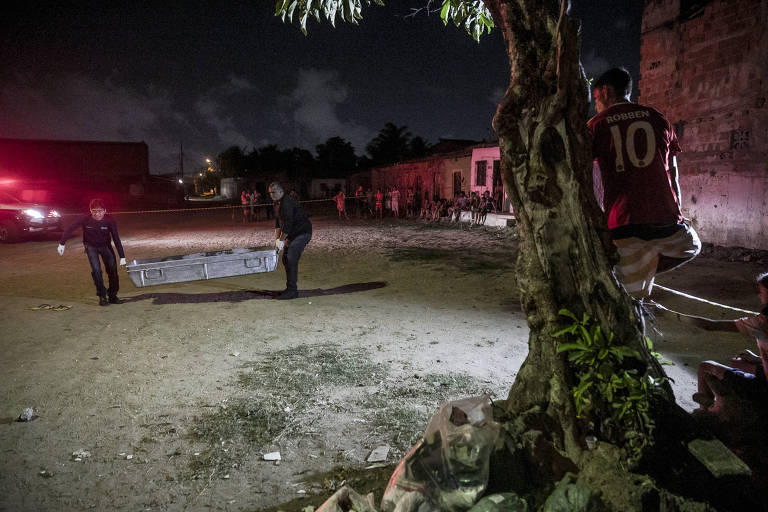Brazil leads the world in lethal violence. The 2019 Atlas of Violence - Portraits of Cities shows that this violence is concentrated in a few cities —approximately 2.1 percent of Brazilian municipalities were responsible for 50 percent of Brazil's 65,602 homicides in 2017.
The data, compiled by the Institute of Applied Economic Research in partnership with the Brazilian Public Safety Forum, showed that 32,801 deaths that year were clustered in 120 cities across the country. Brazil has 5,570 municipalities.
"Brazil makes up 14% of homicides on the planet, and ending our violence may seem impracticable," said economist Daniel Cerqueira, coordinator of Atlas.
"But when the hotspots of lethal violence are identified, it becomes clear that the challenge depends on a focused public policy, instructed by intelligence."
Cerqueira cites a previous study that analyzed the most violent municipalities in the country and showed that half of the homicides that occurred there were concentrated in less than 10% of city neighborhoods.
"With that, we shouldn't talk about more violent municipalities, but about places with half a dozen violent neighborhoods," he explains.
An example is Luziânia, a city in Goiás listed among the most deadly. According to Arthur Trindade Maranhão, professor at UnB (University of Brasilia), "four neighborhoods concentrate half of Luziânia's homicides. Only Jardim Ingá has 35% of the cases".
For Cerqueira, this means that "instead of wanting to change Brazil overnight, it is possible to change a street or neighborhood, and this will have a direct impact on homicide rates, using scarce resources more effectively."
Translated by Kiratiana Freelon
